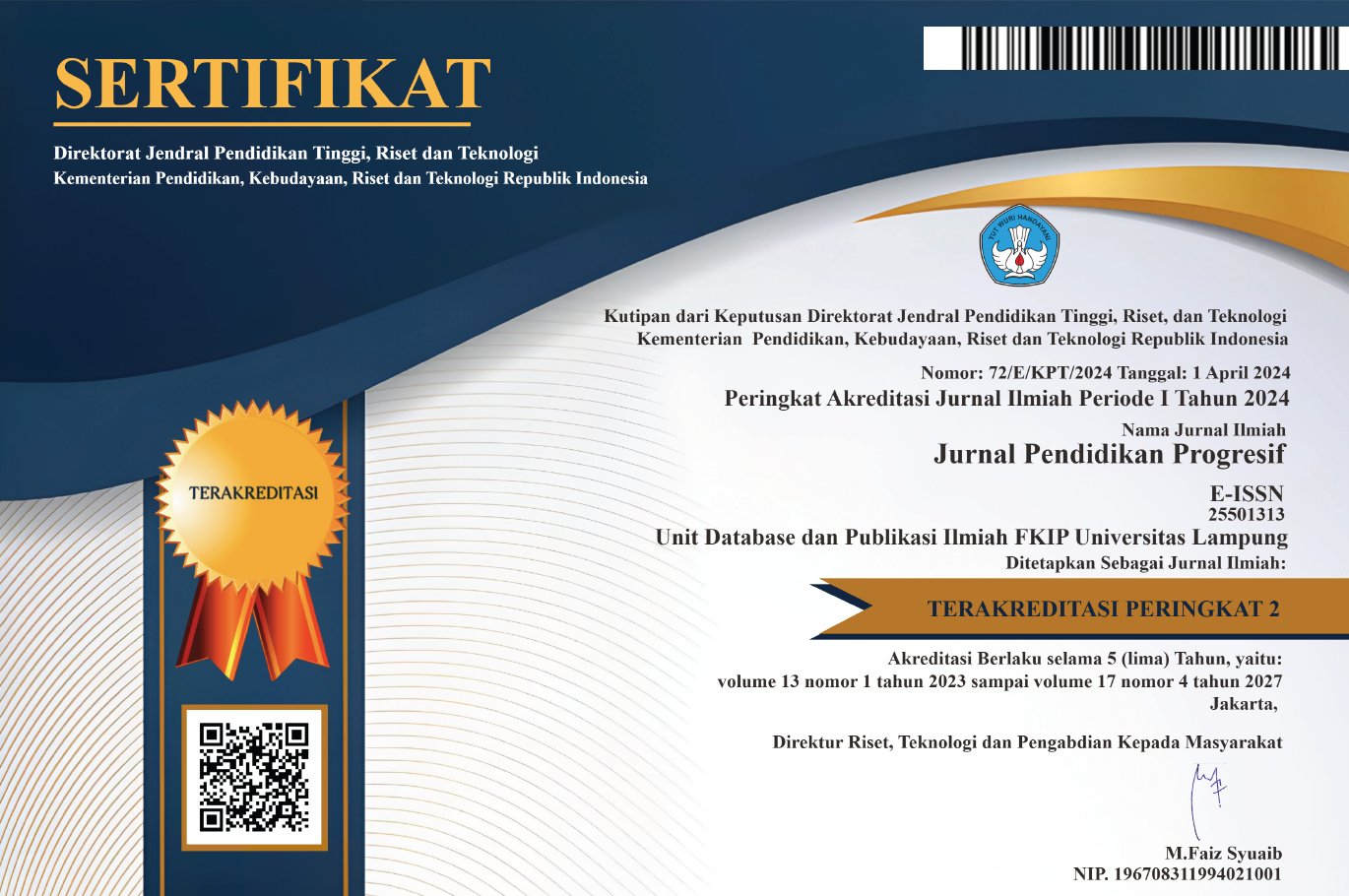Teaching Strategies of Public Senior High School Teachers in Improving the Lifelong Learning Competencies of Students in the New Normal
Copyright (c) 2025 Emed Ferrer Manzano
| Article Metrics→ |
Abstract
Teaching Strategies of Public Senior High School Teachers in Improving the Lifelong Learning Competencies of Students in the New Normal[e1] . Objective: The goal of this study is to characterize the teaching strategies, methods of instruction and strategies in encouraging responsibilities for learning in the new normal. Methods: The study used a descriptive method of research to assess the extent of teaching strategies to enhance students’ lifelong learning competencies. The respondents were the teachers in public senior high schools in the province of Ilocos Sur, Philippines. A questionnaire was used to collect pertinent data and it was analyzed using frequency count, percentage and mean. Finding: The results revealed that teaching strategies used by teachers in the new normal is characterized by giving complex activities, practicing social negotiation introducing multiple perspectives giving activities to exercise ownership of learning valuing self-awareness in knowledge construction which is assumed to develop lifelong learning practices. Conclusion: Teachers hone lifelong learning competencies through engaging active learning, giving feedbacks, designing meaningful interactions, and respecting diverse ideas.
Keywords: teaching strategies, new normal, lifelong learning, competencies, descriptive study.
DOI: http://dx.doi.org/10.23960/jpp.v13.i2.202342
References
Arrieta, G. S., Dancel, J. C., & Agbisit, M. J. P. (2020). Teaching science in the new normal: understanding the experiences of junior high school science teachers. Jurnal Pendidikan MIPA, 21(2), 146-162.
Anderson, K., Billone, C., Stepien, W., & Yarbrough, K. (1996). Increasing students' responsibility for their own learning (Master's thesis, Saint Xavier University).
Burns A. (2009). Mixed methods. Qualitative Research in Applied Linguistics, 2009. doi:10.1057/9780230239517_7
Callo, E., & Yazon, A. (2020). Exploring the factors influencing the readiness of faculty and students on online teaching and learning as an alternative delivery mode for the new normal. Universal Journal of Educational Research, 8(8), 3509-3318.
Cantor, J. A. (2006). Lifelong learning and the academy: The changing nature of continuing education (ASHE Higher Education Report, no. 32) San Francisco, CA: Jossey Bass.
Carpenter, J. P., & Pease, J. S. (2013). Preparing students to take responsibility for learning: The role of non-curricular learning strategies. Journal of Curriculum and Instruction, 7(2), 38-55.
Cornford, I. R. (2002). Learning-to-learn strategies as a basis for effective lifelong learning. International journal of lifelong education, 21(4), 357-368.
Demirel, M. (2009). Lifelong learning and schools in the twenty-first century. Procedia-Social and Behavioral Sciences, 1(1), 1709-1716.
Duckworth, V., & Tummons, J. (2010). Contemporary issues in lifelong learning (1st ed.). GB: Open University Press. Ellinger, A. D. (2004). The concept of self-directed learning and its implications for human resource development. Advances in Developing Human Resources, 6(2), 158-177.
Dunlap, J. C. (2005). Changes in students' use of lifelong learning skills during a problem‐based learning project. Performance Improvement Quarterly, 18(1), 5-33.
Dunlap, J. C., & Grabinger, S. (2003). Preparing students for lifelong learning: A review of instructional features and teaching methodologies. Performance Improvement Quarterly, 16(2), 6-25.
Dunlap, J. C., & Lowenthal, P. R. (2013). Learning, unlearning, and relearning: Using Web 2.0 technologies to support the development of lifelong learning skills. In IT policy and ethics: Concepts, methodologies, tools, and applications (pp. 170-193). IGI Global.
Fritz, J. (2017). Using analytics to nudge student responsibility for learning. New Directions for Higher Education, 2017(179), 65-75.
Imel, S. (2002). Metacognitive skills for adult learning: Trends and issues alert no. 39. Columbus, OH: ERIC Clearinghouse on Adult, Career, and Vocational Education.
Kemmer, D. (2011). Blended learning and the development of student responsibility for learning: a case study of a ‘widening access’ university. Widening Participation and Lifelong Learning, 13(3), 60-73.
Marchionini, G., & Crane, G. (1994). Evaluating hypermedia and learning: Methods and results from the Perseus Project. ACM Transactions on Information Systems (TOIS), 12(1), 5-34.
Lewis, S., Whiteside, A. L., & Dikkers, A. G. (2014). Autonomy and responsibility: Online learning as a solution for at-risk high school students. International Journal of E-Learning & Distance Education/Revue international du e-learning et la formation à distance, 29(2).
Mouros N. J.(2003). "Defining, teaching and assessing lifelong learning skills," 33rd Annual Frontiers in Education FIE 2003., Westminster, CO, USA, 2003, pp. T3B-14, doi: 10.1109/FIE.2003.1263325.
Phillips, J. M. (2005). Strategies for active learning in online continuing education. The Journal of Continuing Education in Nursing, 36(2), 77-83.
Refbacks
- There are currently no refbacks.

This work is licensed under a Creative Commons Attribution-ShareAlike 4.0 International License.
View My Stats


